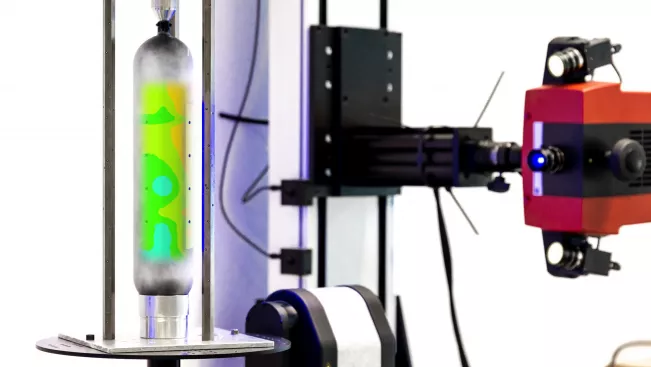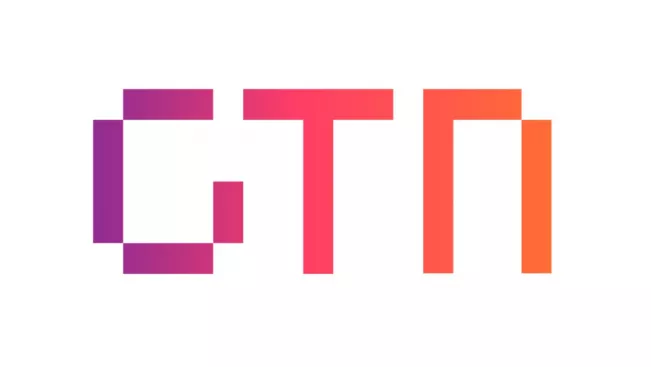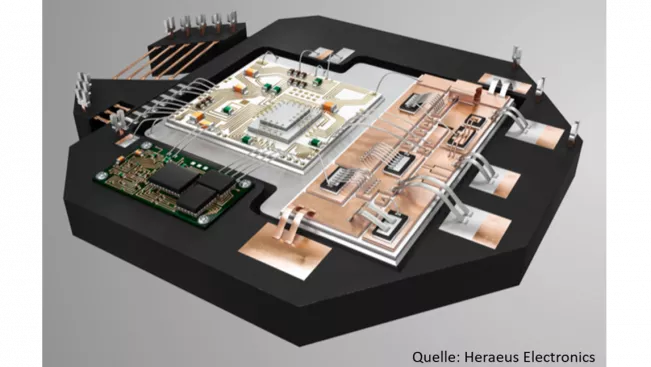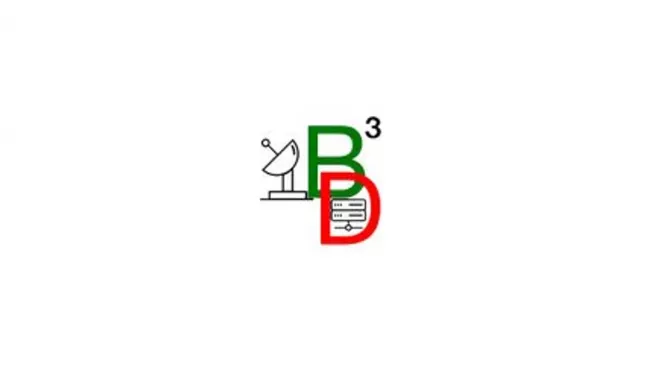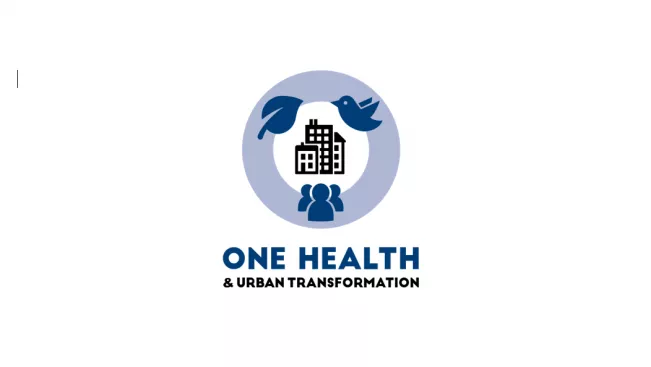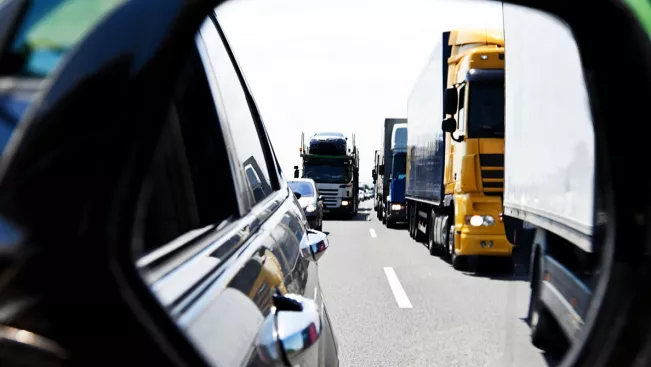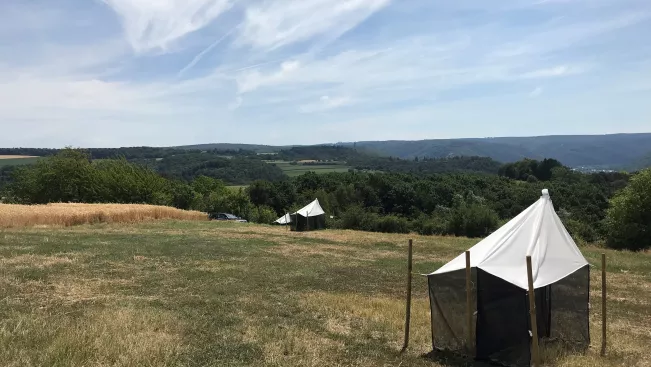Research at the university
Research Database: Projects
Forschungsprojekte (229)
ETN e.V., together with IZNE and the Biological Station Rhein-Sieg-Kreis, is carrying out a project entitled "Vernetztes Rainland". Within the framework of this project, suitable areas in municipal ownership are to be made available for insect protection in cooperation with representatives of agriculture, the municipalities and other relevant stakeholders, and suitable subsidies for the maintenance of the Raine are to be offered to the users if required.
Project management at the H-BRS
Prof. Dr Wiltrud TerlauIn modern society, plastic packaging fulfills important functions for consumers and industry and is indispensable in everyday life: easy and inexpensive to produce in large quantities, it significantly simplifies handling during transport and storage and extends the shelf life of food up to three times.
Project management at the H-BRS
Prof. Dr Christian Dresbach Dr Esther van DorpFour universities in North Rhine-Westphalia have joined forces to establish the "Games Technology Network" (GTN). The Bonn-Rhein-Sieg University of Applied Sciences (H-BRS) has taken on the coordination. Its partners are RWTH Aachen University, Düsseldorf University of Applied Sciences and Cologne University of Technology. The project is initially scheduled to run for two years and is supported by the NRW Future Fund. The declared aim of the new alliance is to build up a network of research institutions and industrial companies that will promote gaming technology and thus benefit NRW as a business location.
Project management at the H-BRS
Prof. Dr André HinkenjannWire or ribbon connections made of aluminum are usually used to transmit electrical power in control units and power electronics modules. Since the connection points of the wires and ribbons are usually located on substrates made of different materials and the components are frequently exposed to external temperature differences, cracks can form in the material during operation and lead to complete failure of the component, which cannot be remedied by simple design modifications.
Project management at the H-BRS
Prof. Dr Christian DresbachBig Bang to Big Data (B3D) is an interdisciplinary research, technology, and education alliance for data-intensive radio astronomy. The "cluster" links the scientific potentials of radio astronomy and data science. Funded under the Profiling 2020 funding program, the cluster aims to pool distributed expertise and resources and establish the data science expertise that radio astronomy research still lacks.
Project management at the H-BRS
Prof. Dr André Hinkenjann Prof. Dr Ernst KruijffUsing the One Health approach, the research college, led by ZEF at the University of Bonn, is looking at urban food systems: on the one hand, at the "supply of healthy food from sustainable production" and, on the other hand, at the "spread and transmission of antibiotic-resistant pathogens" through food chains. Furthermore, health-related aspects of urban transformation are highlighted, which fall into the areas of "health and well-being" and "sustainable cities".
Project management at the H-BRS
Prof. Dr Katja Bender Prof. Dr Martin Hamer Prof. Dr Wiltrud TerlauThe aim of the project is the development of high-quality, lightweight structural components for the mobility sector, and the respective manufacturing technologies. To achieve this goal, a modular system for hybrid fiber composite lightweight components in the commercial vehicle sector is further developed and transferred to the rail vehicle sector. The lightweight components allow a significant weight reduction compared to the reference structures. Additionally, new manufacturing technologies are employed that require significantly lower energy input. As a result, a considerable amount of CO2 is saved both during production and throughout the service life phase.
Project management at the H-BRS
Prof. Dr Stefanie MeilingerThe research project "Diversity of Insects in Nature protected Areas (DINA)" is the first of its kind in Germany and aims to address research deficits on the effects of agricultural use in the vicinity of nature conservation areas in the field of applied biodiversity research. Thus, the impact of agricultural use on biodiversity is to be assessed, with insects being the focus of the investigation.
Project management at the H-BRS
Prof. Dr Wiltrud TerlauModern sensor technology and mobile measuring systems enable close monitoring of environmental data and pollution. Examples are climate data and trends, pollution and emissions, or changes in the microclimate due to large-scale construction measures. Through municipalities ("Smart Cities"), but also in citizen science ("Citizen Science" and "Citizen Sensors") projects, a wide variety of sensor systems are used, which can also provide important information in the event of disasters and major damage.
Project management at the H-BRS
Prof. Dr André Hinkenjann Prof. Dr Ernst Kruijff Prof. Dr Peter-Michael Kaul Prof. Dr Robert Lange"Dumsor" is the Ghanaian word for the frequent blackouts that happen on the country's electricity grid. Like many developing and emerging countries, Ghana suffers from frequent power cuts. On top of this, there is also the instability of the power grid. Both have a major impact on the health care services. Although electricity from photovoltaic systems could provide a solution, the photovoltaic (PV) market in Ghana remains relatively underdeveloped. This is where the EnerSHelf joint project steped in. Through dedicated research, research-practice collaboration in interdisciplinary teams, and on-the-ground implementation, the project paved the way for improved energy access and resilience within the healthcare sector, ultimately contributing to the well-being and prosperity of the Ghanaian population.
Project management at the H-BRS
Prof. Dr Stefanie Meilinger Prof. Dr Katja BenderContact Points
Centre for Science and Technology Transfer (ZWT)
Room
F 405
Vice President Research and Transfer
Campus
Sankt Augustin

